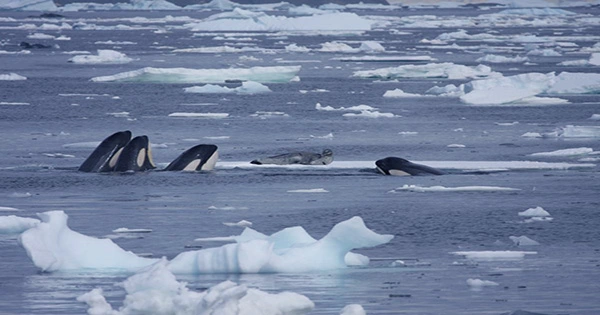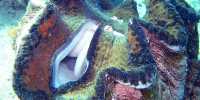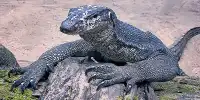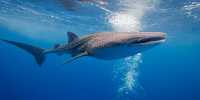Orcas are well recognized for being adept assassins; after all, they are called “killer whales” for a reason. However, a scene from the recently released Frozen Planet II serves as a sobering reminder of exactly how good they are. In one, a coordinated pod can be seen aiming for a seal, who clearly believed they were safe while dozing on top of a sizable piece of ice. When Orcinus orcas are engaging in group hunting, it appears that few locations are secure.
A pod of orcas goes through a constant cycle of feeding and hunting. When looking for food, they would swim around “spy-hopping,” or bobbing out of the water to observe what is happening on land.
They can identify seals that are well-positioned to become food thanks to their clever-seeking approach, but the work is pricey in terms of calories. Without taking mating or calf-rearing into account, this means that hunting pods of orcas must find a lot of food to keep everyone in the group well-fed so that they may go in quest of more food.
As a result, once an orca pod has a seal in its sights, it won’t give up lightly. Frozen Planet II, a recent film from Sir David Attenborough and the BBC Natural History Unit, beautifully illustrates this in 4K UHD.
The scouts use vocalizations to summon help as two orcas approach a seal. This unites the group for a planned attack and is reminiscent of sequences in Prehistoric Planet where velociraptors hunt pterosaurs in packs (although some contend we can’t be certain if they actually did this).
Being perched atop such a vast sheet of ice, the seal that the orcas have fixed in their sights appears unfazed. But alas, it’s only temporary.
Together, the orcas create a subsurface wave that effectively breaks the seal’s substantial ice safety float. The orca has a far higher chance of knocking the seal into the water and securing themselves a meal if they shatter the ice into smaller pieces like this.
In ominous scenes, the mother spy may be seen hopping only a few meters near the seal. She sets the example, and the other members of the pod cooperate to move their prey and its safety raft to more open water where they may wave-wash the seal and send it skidding into the water.
The poor pinniped is then surrounded by bubbles to confuse it so they may safely take it down. With only 100 of these animals known to use these techniques in the wild, the attack’s complexity is astounding for both wildlife in general and orcas in particular.
An amazing adaptation to survive in an environment with little prey, and one that makes you glad you weren’t born a seal.















